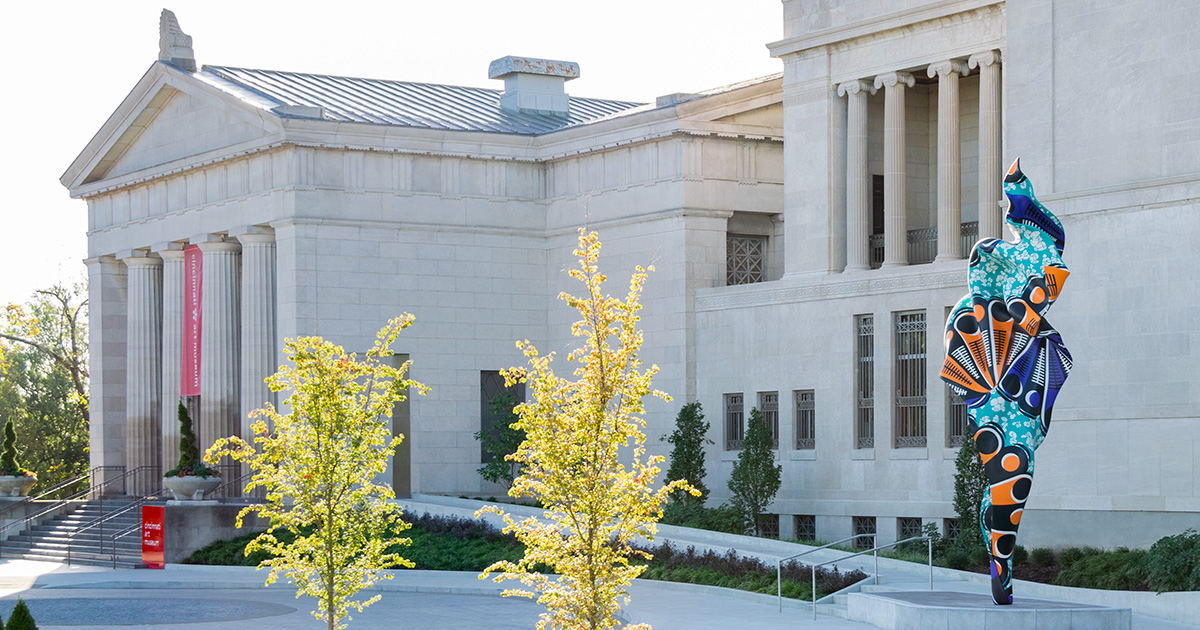- Events & Programs Home
- Calendar
- Accessibility
- Adults
-
Families & Teens
- Families & Teens Home
- 10x10 Teen Art Expo
- Art on the Rise
- Art Together: Art Making for Families with Children Ages 3–5
- Babies Sing with May Festival Minis
- Boy Scouts / Girl Scouts
- CAM Kids Day
- Family Storytime and Gallery Walk
- Family Studio: Art Making for Families with Children Ages 6–12
- Games in the Galleries
- Members-Only Baby Tours
- Public Baby Tours
- REC Reads
- Rosenthal Education Center (REC)
- Saturday Morning Art Class
- See Play Learn Kits
- Summer Camp
- Teachers
- Community Outreach
- Fundraisers
- Plan Your Own Event

- Events & Programs Home
- Calendar
- Accessibility
- Adults
-
Families & Teens
- Families & Teens Home
- 10x10 Teen Art Expo
- Art on the Rise
- Art Together: Art Making for Families with Children Ages 3–5
- Babies Sing with May Festival Minis
- Boy Scouts / Girl Scouts
- CAM Kids Day
- Family Storytime and Gallery Walk
- Family Studio: Art Making for Families with Children Ages 6–12
- Games in the Galleries
- Members-Only Baby Tours
- Public Baby Tours
- REC Reads
- Rosenthal Education Center (REC)
- Saturday Morning Art Class
- See Play Learn Kits
- Summer Camp
- Teachers
- Community Outreach
- Fundraisers
- Plan Your Own Event
Blog: CAM Uncovered
Blog: CAM Uncovered
- Home
- Plan Your Visit
- Art
-
Events & Programs
- Events & Programs Home
- Calendar
- Accessibility
- Adults
-
Families & Teens
- Families & Teens Home
- 10x10 Teen Art Expo
- Art on the Rise
- Art Together: Art Making for Families with Children Ages 3–5
- Babies Sing with May Festival Minis
- Boy Scouts / Girl Scouts
- CAM Kids Day
- Family Storytime and Gallery Walk
- Family Studio: Art Making for Families with Children Ages 6–12
- Games in the Galleries
- Members-Only Baby Tours
- Public Baby Tours
- REC Reads
- Rosenthal Education Center (REC)
- Saturday Morning Art Class
- See Play Learn Kits
- Summer Camp
- Teachers
- Community Outreach
- Fundraisers
- Plan Your Own Event
- Give & Join
- About
- Tickets
- Calendar
- Exhibitions
- Collections
- Blog
- Shop
A Marble Muse and the Artist Who Created Her
by Franck Mercurio, Publications Editor
10/1/2025
American Painting & Sculpture , outdoor sculpture , photography
In his studio in Rome in 1845, artist Nathan Flint Baker (1820–1891) put the finishing touches on a white marble sculpture, a life-sized female nude representing the Roman goddess Egeria. It was an ambitious project for the 25-year-old American who had moved to Italy just a few years before. Training briefly in Florence under the renowned expatriate sculptor Hiram Powers (1805–1873), Baker set out for Rome to join the international community of artists who lived and worked alongside the remnants of the city’s Classical past.
Both Baker and Powers hailed from Cincinnati, a boom town in the early 1800s, whose citizens sought not only economic prosperity but cultural attainments. Baker’s father—who made his fortune in lumber and real estate—sent the young artist abroad to learn the art of sculpture and to bring some of his artistic output home.
After completing Egeria (1845), Baker shipped his sculpture to the U.S., first to the Boston Athenaeum for display, and then to Cincinnati’s Western Art Union gallery. A local businessman purchased the work in 1849 and promptly gifted the statue to the recently founded Spring Grove Cemetery & Arboretum.
You can still see Egeria—one of the oldest works of public art in Cincinnati—in Spring Grove today. The figure stands on a pedestal constructed of piled, rough-hewn rock overlooking Geyser Lake. The white marble surface is now discolored and pock marked; the details of hair, face, and clothing are worn from decades of exposure to wind, rain, and snow. The figure’s right arm is missing just below the shoulder, and the left hand’s fingers have eroded. Yet despite Egeria’s current condition, the sculpture’s graceful figure still captivates. The form is likely inspired by the famous Venus de Milo (discovered in 1820) and reflects the influences of Neoclassicism, the prevailing aesthetic of Baker’s time, when artists and architects drew inspiration from ancient Greece and Rome.
Looking at Egeria’s deteriorated condition, it is difficult to appreciate Baker’s extraordinary skills as a sculptor; but another work by the artist, Portrait of a Woman, possibly Egeria (1845), resides inside the Cincinnati Art Museum’s "Cincinnati Wing" and shows Baker’s skillful hand at rendering detail and texture in white marble (a somewhat unforgiving medium!) Alongside this bust, you can also view works by Baker’s mentor, Powers, including his marble busts of Proserpine (1843–45) and The Greek Slave (1841–43) which likely inspired Baker.
Before moving back to the States, Baker journeyed with friend and collaborator Leavitt Hunt to experiment with a new art form. Traveling to Egypt, the Middle East, and Greece from 1851–52, the duo created some of the earliest photographic images of sites across the ancient world, including the Egyptian pyramids and the Greek Acropolis. Before they left on their groundbreaking expedition, Baker and Hunt practiced capturing historic sites in Rome, including the ruins of the Forum, using this new medium. You can view images in the collections of the Cincinnati Art Museum on the website.
After his adventures abroad, Baker returned to Cincinnati in 1853 to manage his family’s business interests. He practiced sculpture sporadically in the States, and although well-known in Cincinnati, was never recognized on the national stage as a sculptor.
Egeria, however, lives on in Spring Grove’s “museum without walls” and serves as a reminder of the nearly forgotten artist and Cincinnati’s earliest cultural aspirations.

Egeria (1845) by artist Nathan F. Baker (American,1820–1891)
On view in Spring Grove Cemetery & Arboretum since 1849, Egeria is one of the oldest works of public art in Cincinnati.
Photo courtesy David R. Hanlon (c) 2005.
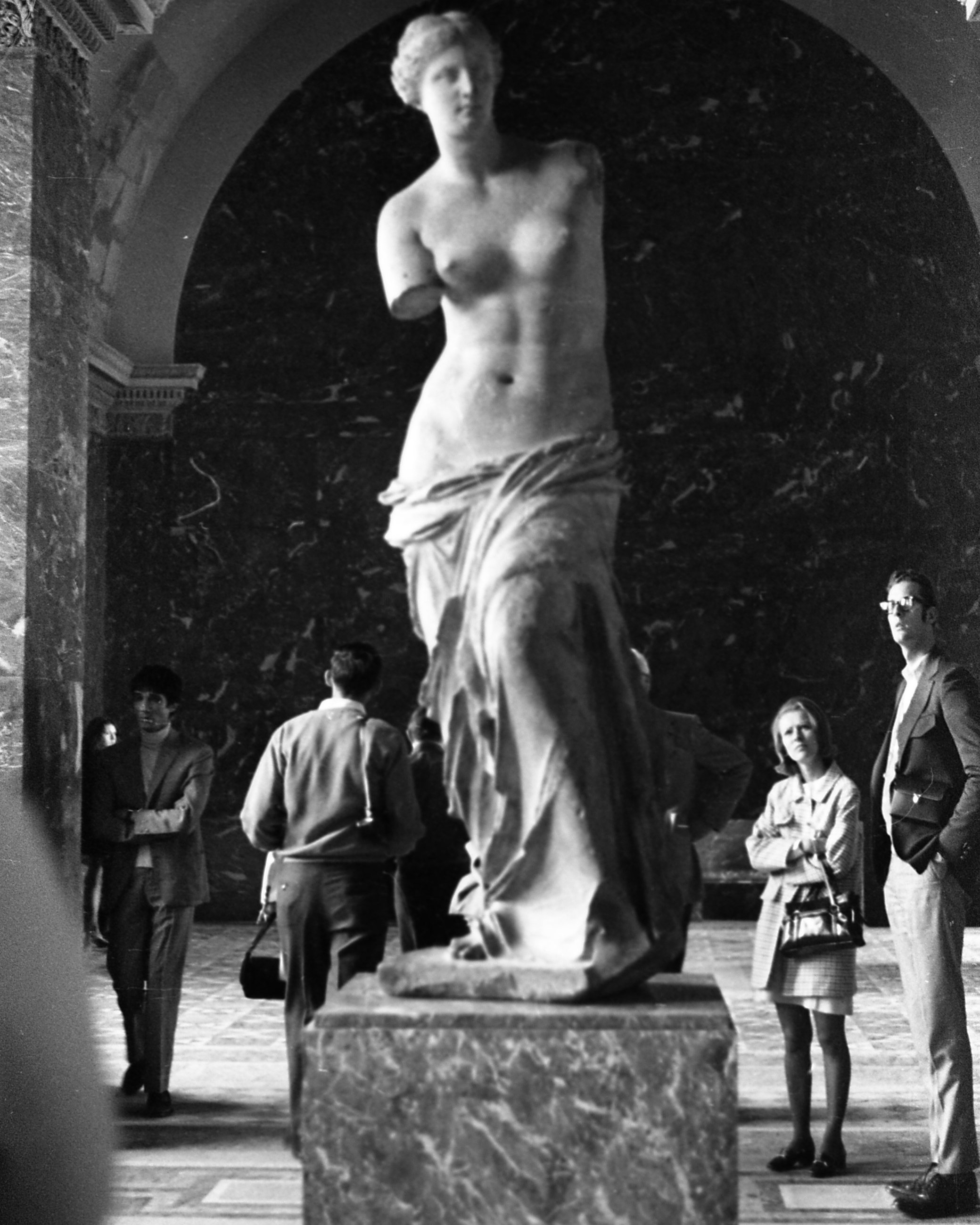
Venus de Milo (Aphrodite from Melos), circa 130–100 BCE, marble, Gift of the Marquis de Rivière to Louis XVIII of France, 1821.Ma 399. Musée du Louvre, Paris.
Discovered in 1820 in Melos, Greece, and now in Paris's Louvre Museum, Venus de Milo likely inspired Baker's sculpture of Egeria created in 1845.
Photo: Wikipedia Commons | FOTO:FORTEPAN / Urbán Tamás, CC BY-SA 3.0,
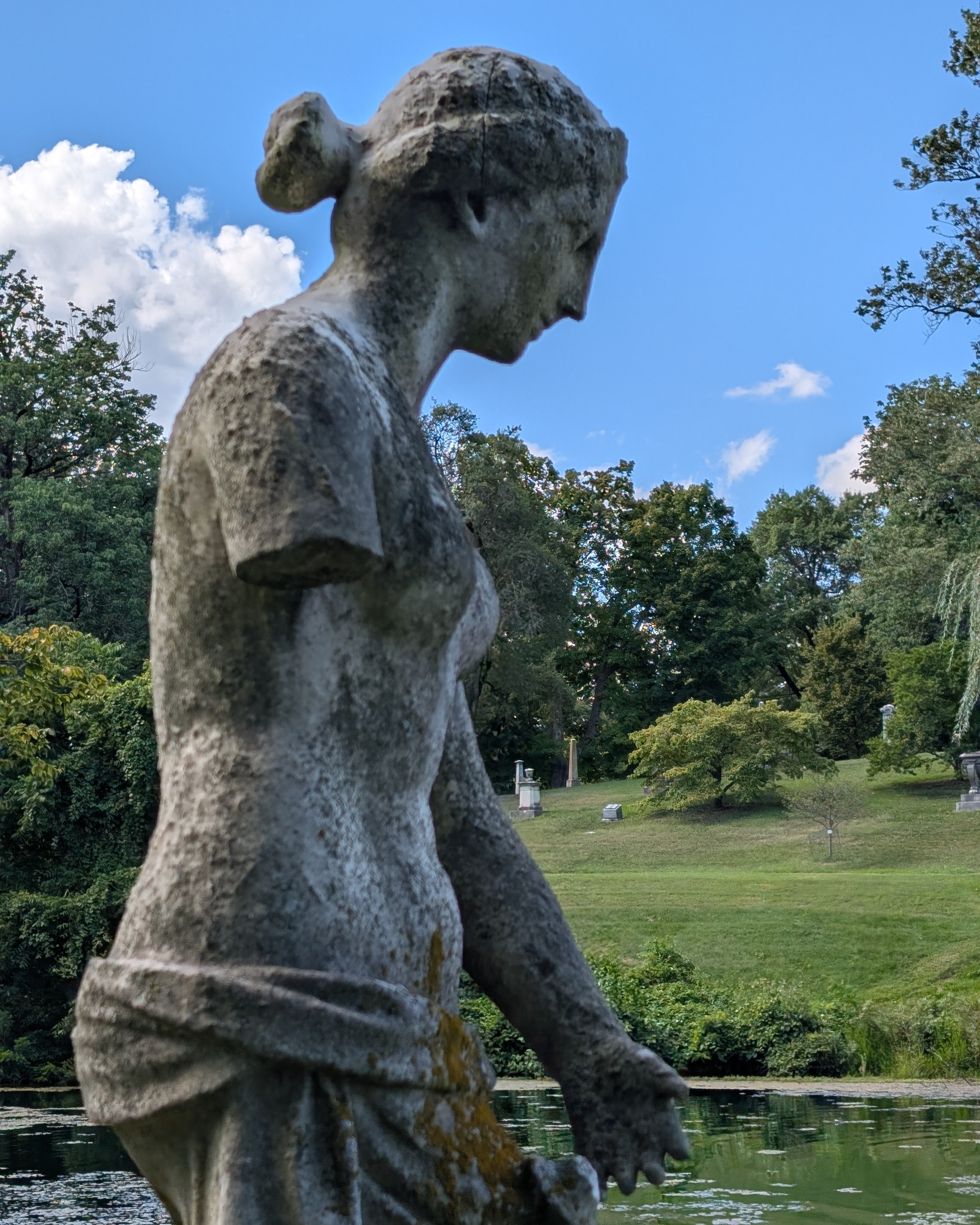
Egeria (1845) by artist Nathan F. Baker (American, 1820–1891)
Decades of exposure to wind, rain, and snow have eroded the white marble surface of the sculpture and worn away the details of the figure's hair and face.
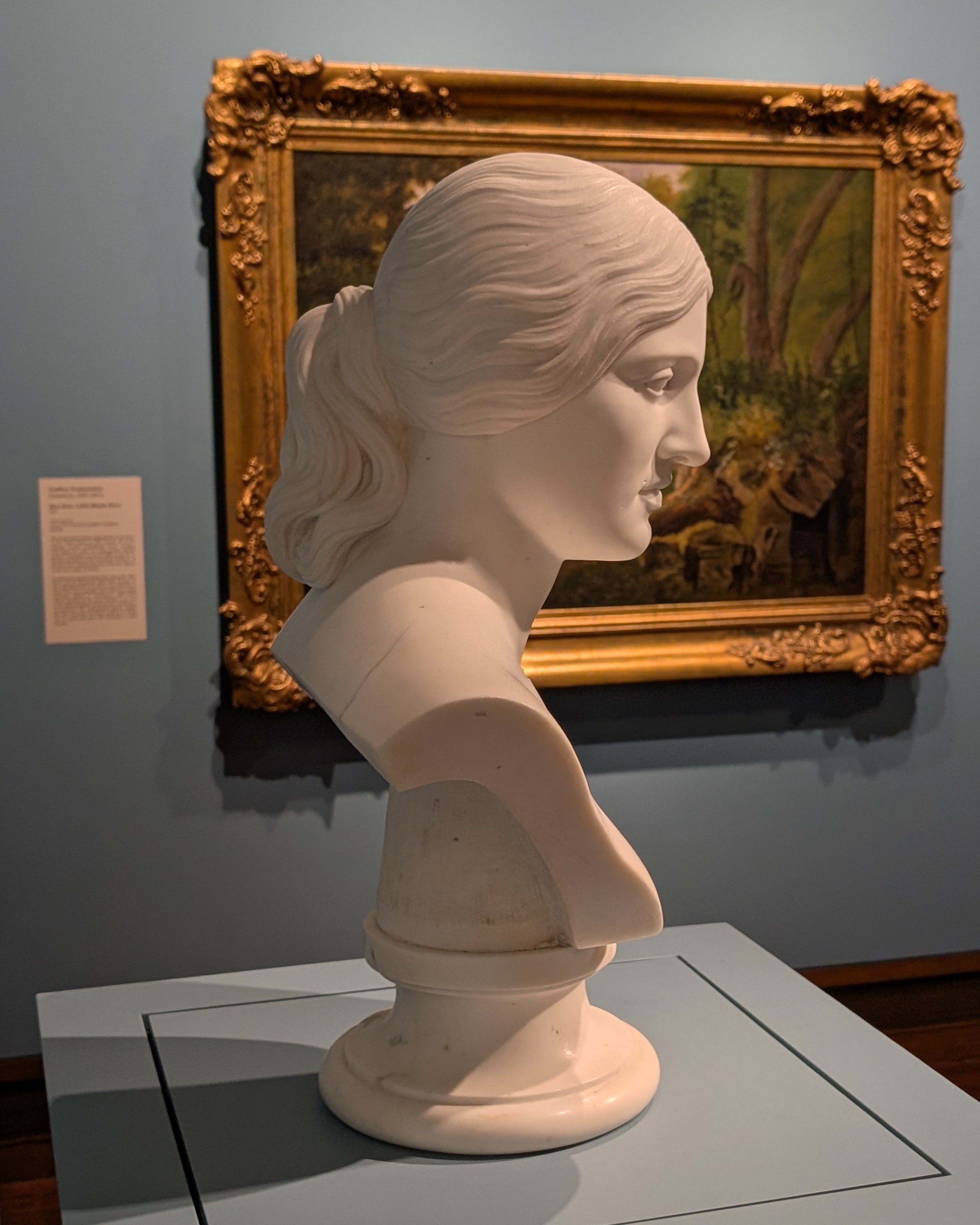
Nathan Flint Baker (American, 1820–1891), A Woman, Possibly Egeria, 1845, marble, Museum Purchase with funds provided by Mr. and Mrs. Charles Fleischmann III, 2009.216
Portrait of a Woman, possibly Egeria shows Baker’s skillful hand in rendering detail and texture in white marble (a somewhat unforgiving medium!) You can see this portrait bust on display in the Cincinnati Art Museum's "Cincinnati Wing."
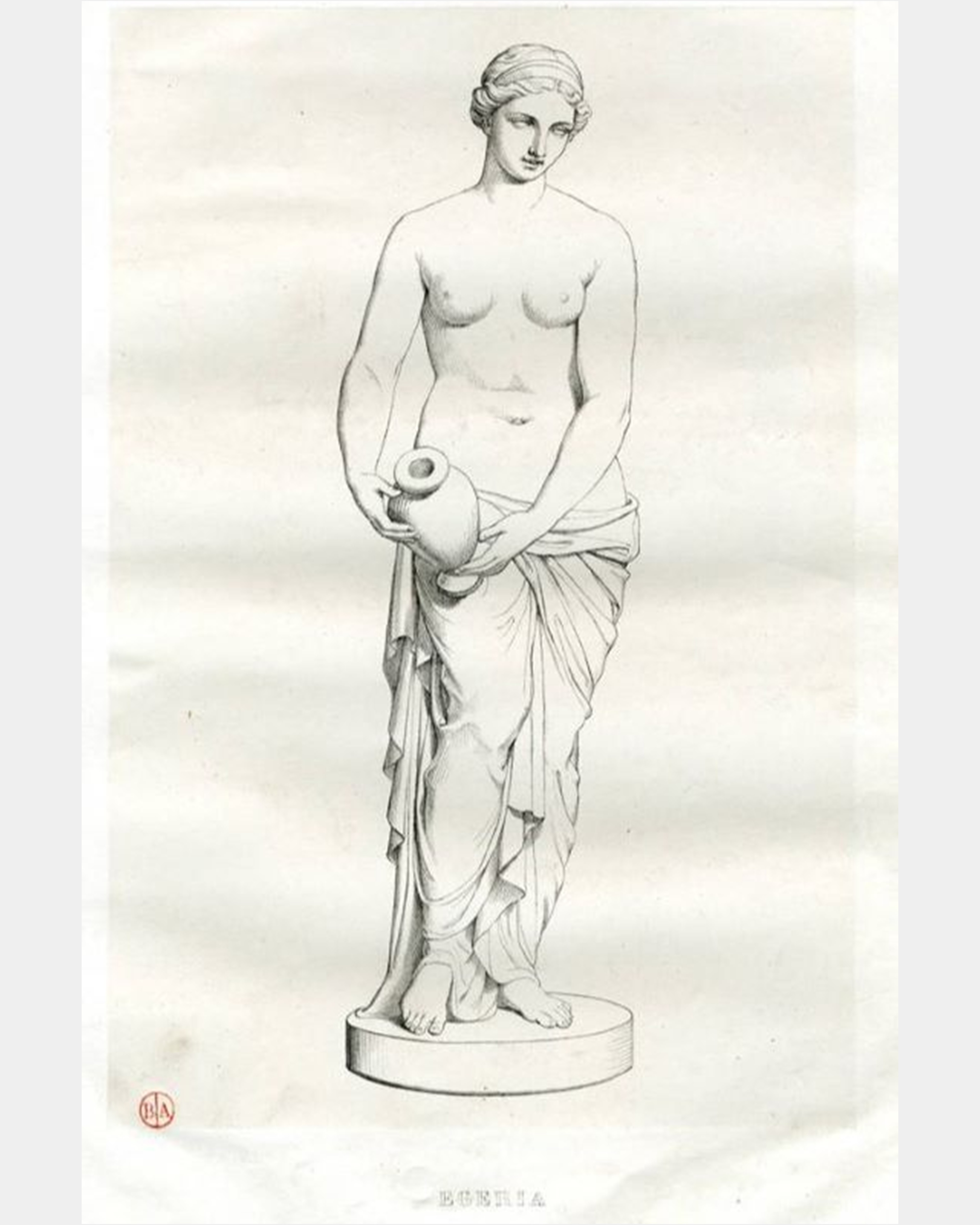
Egeria (1845) by artist Nathan F. Baker (1820–1891)
This lithograph in the collections of the Boston Athenaeum shows the original form of the sculpture, carrying a water pitcher (now missing). The Boston Athenaeum exhibited Egeria in 1847, two years before her installation in Cincinnati's Spring Grove Cemetery.
Image courtesy Boston Athenaeum Digital Archives
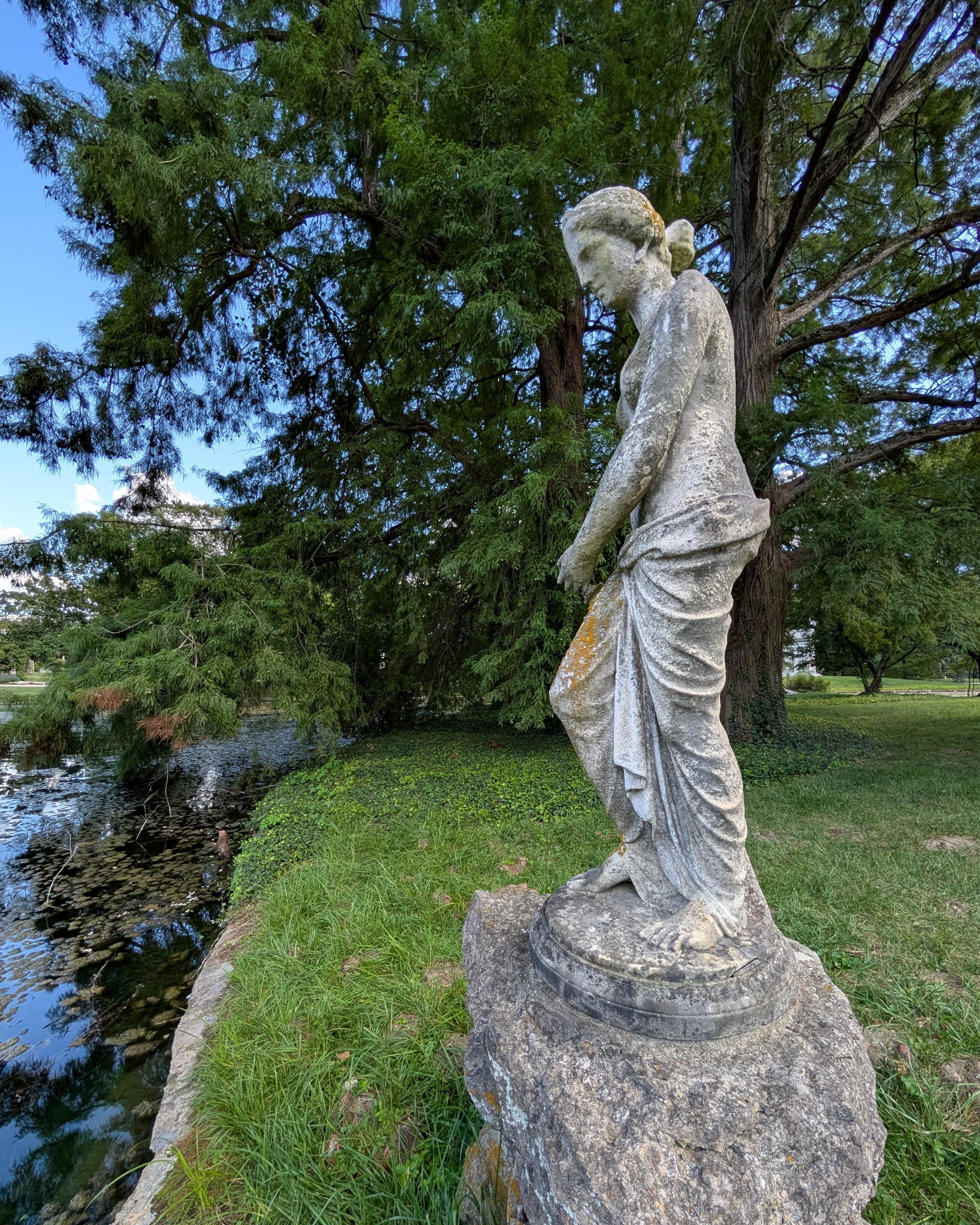
Egeria (1845) by artist Nathan F. Baker (American, 1820–1891)
According to Ovid's The Metamorphoses, Egeria was a water goddess and the consort and advisor to Rome's mythic king Numa Pompilius. Lines from Lord Byron's epic poem Childe Harold's Pilgrimage (1820) inspired Baker's subject: "Egeria! sweet creation of some heart, Which found no mortal resting-place so fair ..."
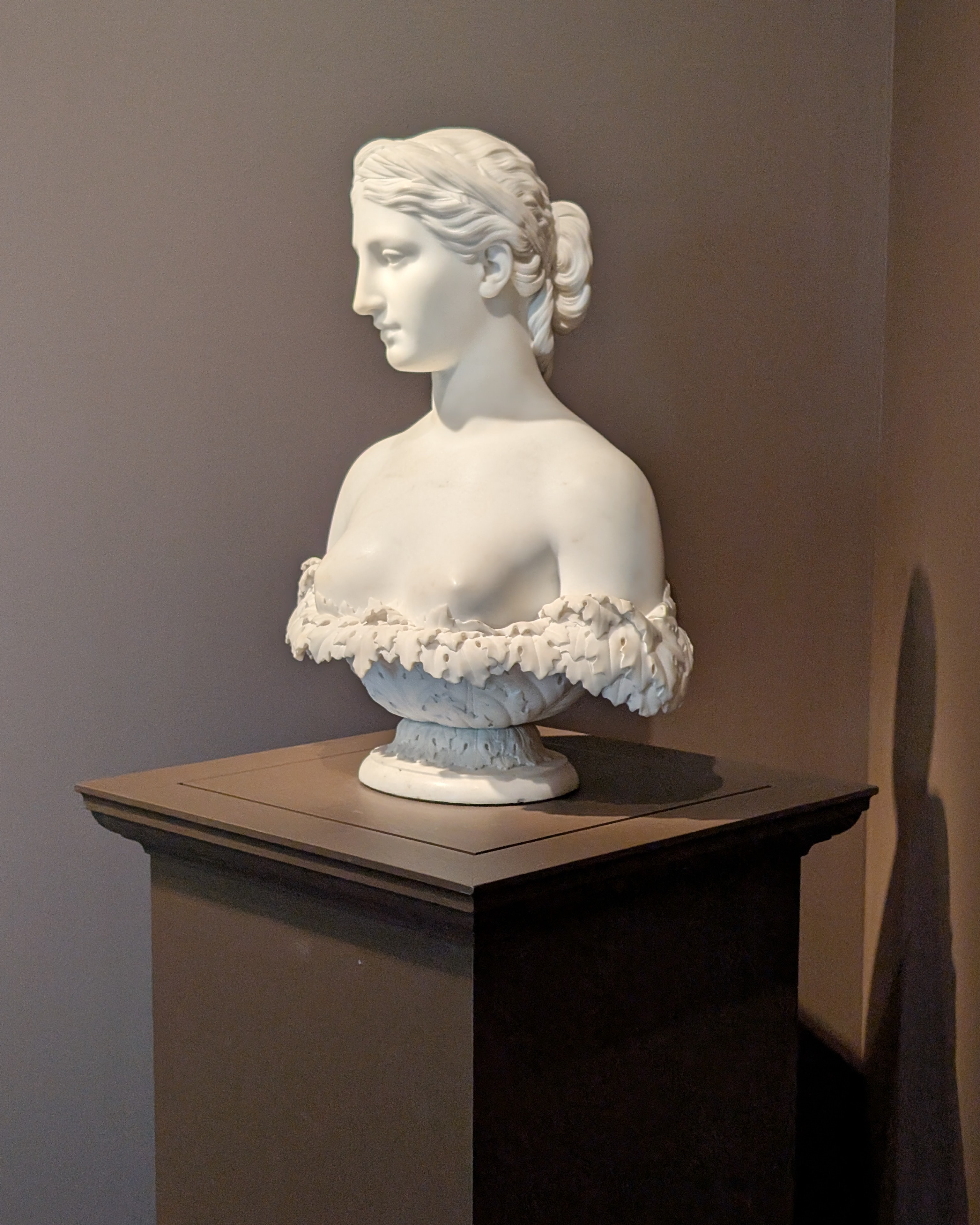
Hiram Powers (American, 1805–1873), Proserpine, 1843–44, marble, Gift of Reuben R. Springer, 1884.394
In the early 1840s, Nathan Baker trained under the renowned American sculptor Hiram Powers (1805–1873) in his Florence, Italy, studio. Powers's works, such as Proserpine (on view in the Cincinnati Art Museum's "Cincinnati Wing"), likely influenced the young Baker in his creation of Egeria.
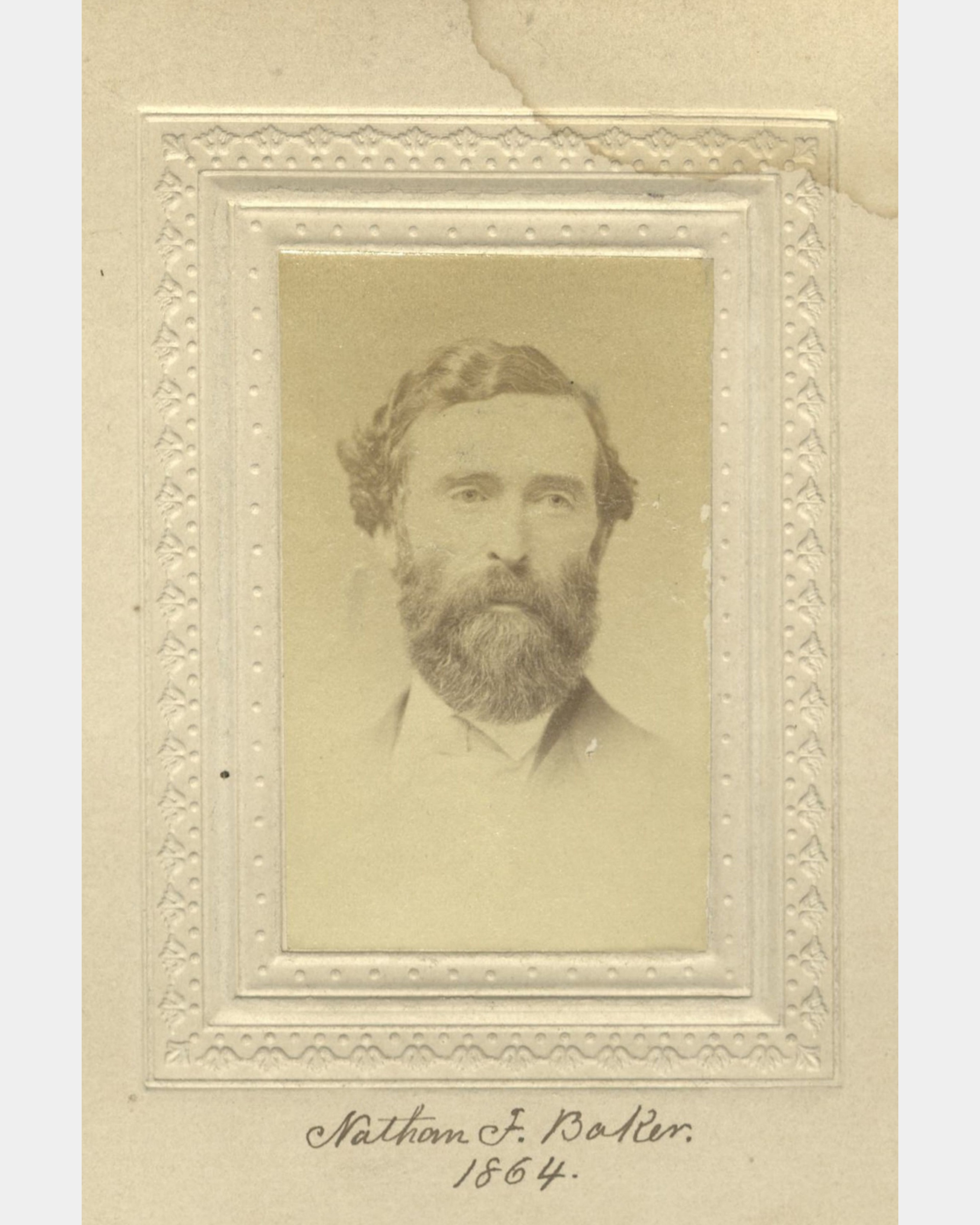
Photo portrait of Nathan F. Baker taken when the artist was about 44 years old.
Photo courtesy Century Association Archives
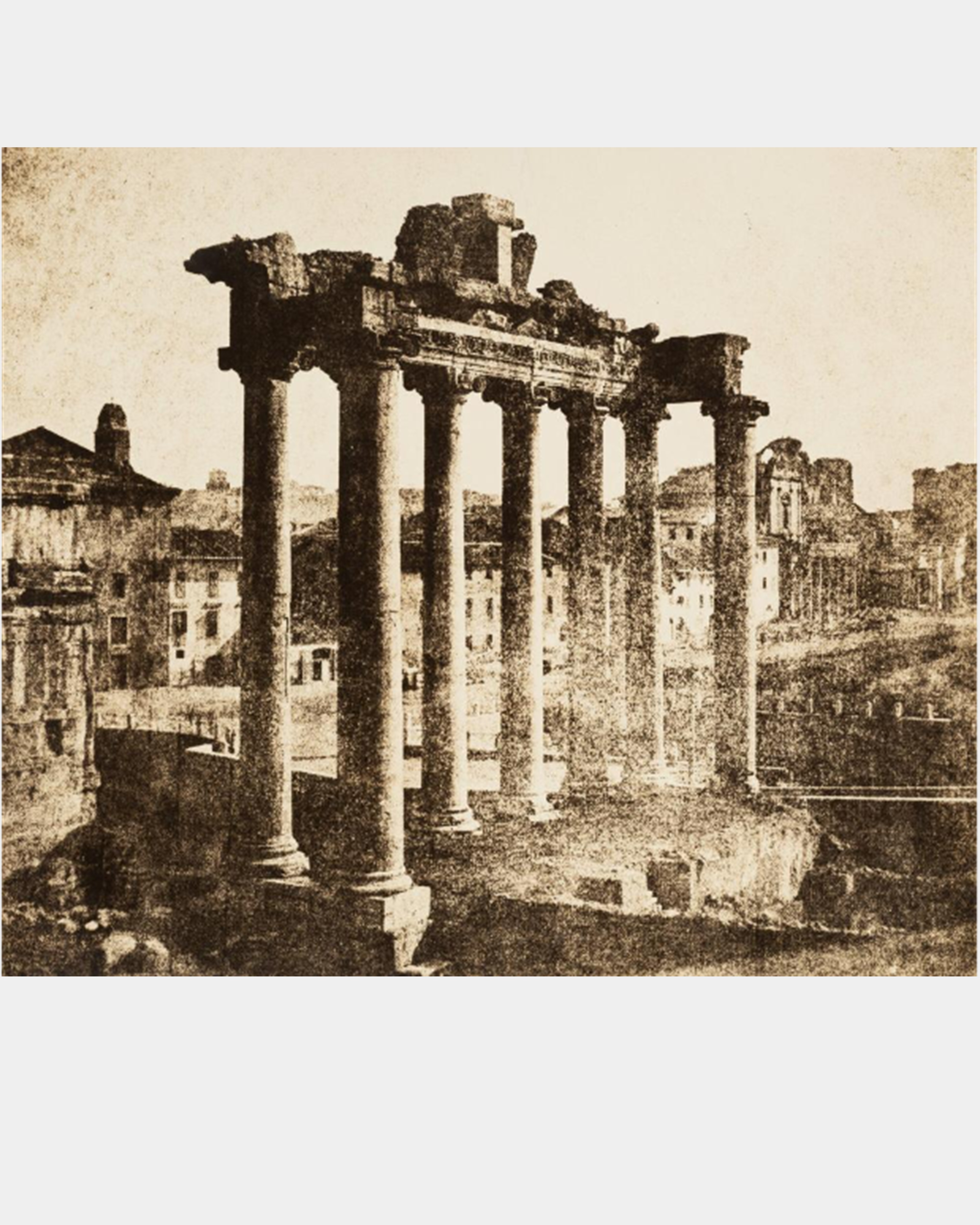
Nathan Flint Baker (American, 1820–1891) and Leavitt Hunt (American, 1830–1907), Temple of Saturn Portico Columns and Roman Forum, 1851-1852, gelatin silver print from calotype wax paper negative, FotoFocus Art Purchase Fund and Gift of Frederick Rock, 2013.251.29
Baker journeyed with his friend and collaborator Leavitt Hunt across Egypt, the Middle East, and Greece from 1851–52. There, they created some of the first calotypes (early photographic images) of sites across the ancient world. Before they left on their expedition, they practiced taking photos in Rome.
Related Blog Posts
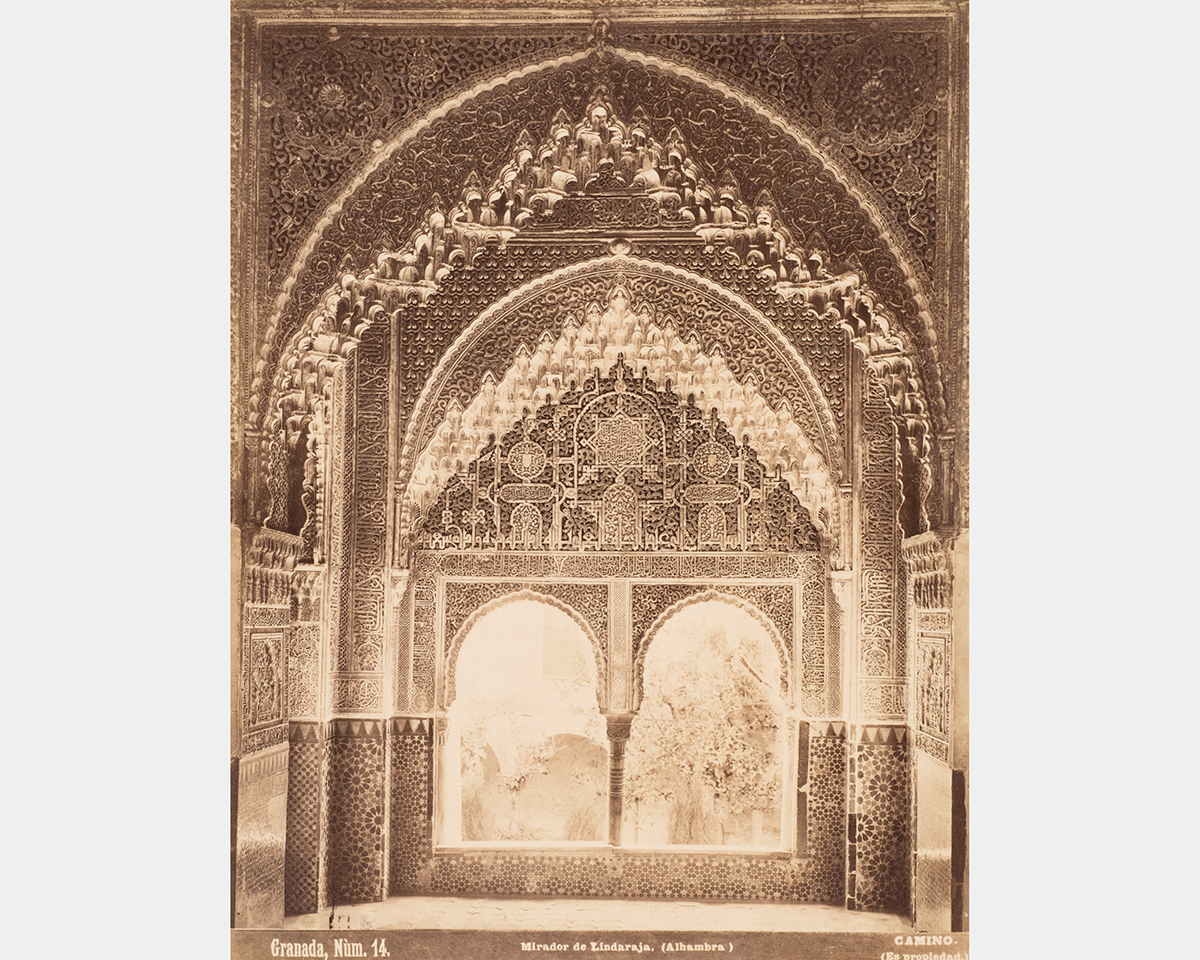
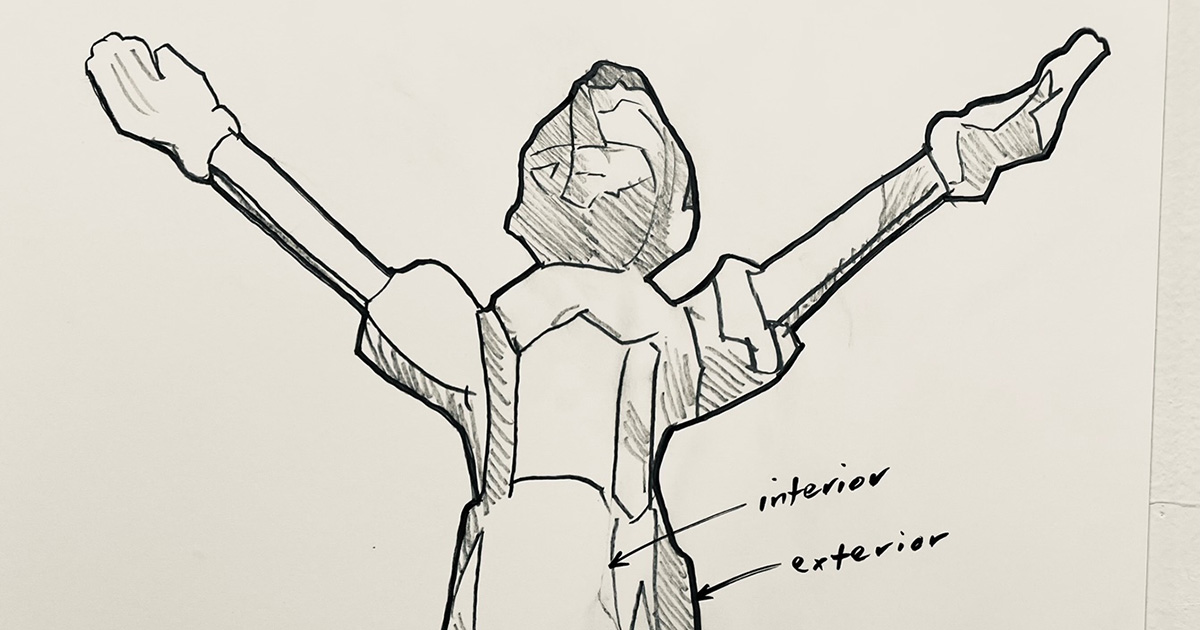
Cincinnati, OH 45202
Toll Free: 1 (877) 472-4226
Museum Hours
Museum Shop
Terrace Café
Library
Cincinnati Art Museum is supported by the tens of thousands of people who give generously to the annual ArtsWave Campaign, the region's primary source for arts funding.

Free general admission to the Cincinnati Art Museum is made possible by a gift from the Rosenthal Family Foundation. Exhibition pricing may vary. Parking at the Cincinnati Art Museum is free.
Generous support for our extended Thursday hours is provided by Art Bridges Foundation’s Access for All program.

General operating support provided by:



